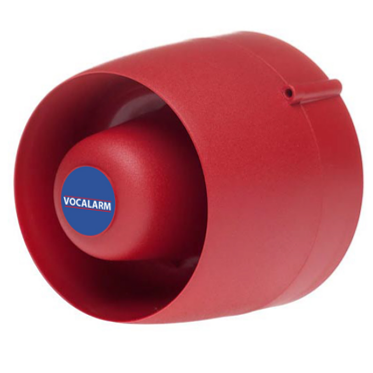Fire Alarm Signals in Hospitals: Ensuring Compliance and Safety
Maintaining a safe environment in hospitals is paramount to the well-being of patients, staff, and visitors. Fire alarm systems play a critical role in alerting occupants and facilitating swift responses during fire emergencies. This article explores the requirements for fire alarm systems in hospitals, focusing on UK regulations and guidelines. By understanding and complying with these regulations, hospitals can enhance their fire safety measures and protect lives and property effectively.
Smoke Detection and Alarm Devices
Smoke detection is a vital component of fire alarm systems in hospitals, and specific UK regulations outline the requirements for smoke detection and alarm devices.
- Smoke Detectors: The UK’s Regulatory Reform (Fire Safety) Order 2005 mandates the installation of smoke detectors in hospitals. These detectors should be strategically placed in areas prone to fire risks, such as kitchens, storage rooms, and electrical equipment areas. They must be capable of promptly detecting smoke and triggering the alarm system.
- Audible Alarms: The British Standard BS 5839-1:2017 provides guidelines for fire detection and fire alarm systems in non-domestic buildings, including hospitals. It specifies the decibel levels and audibility requirements for audible alarms in different areas of the hospital, ensuring occupants can quickly identify and respond to a fire emergency.
- Visual Alarms: The Equality Act 2010 requires hospitals to consider the needs of individuals with disabilities, including those with hearing impairments. Visual alarm devices, such as flashing lights or strobes, are recommended under the British Standard BS 5839-1:2017 to provide visual alerts alongside audible alarms, ensuring equal access to fire safety information.


Emergency Communication Systems
Efficient communication during fire emergencies is crucial for the safe evacuation and coordinated response of hospital staff, patients, and visitors.
- Emergency Communication Panels: The Regulatory Reform (Fire Safety) Order 2005 emphasizes the need for clear and accessible fire safety information. Hospitals should install emergency communication panels in compliance with this regulation. These panels provide essential instructions and guidance during fire emergencies, including information on evacuation routes, assembly points, and emergency contact numbers.
- Interconnection and Monitoring: The British Standard BS 5839-1:2017 recommends the interconnection and monitoring of fire alarm systems in non-domestic buildings, including hospitals. Interconnection enables the rapid dissemination of fire alarm signals throughout the facility, ensuring all relevant areas are alerted. Monitoring systems allow for early fire detection and immediate notification to the fire service, as required by the Regulatory Reform (Fire Safety) Order 2005.
Highlights To Remember
use visual alarms to cater to individuals hard of hearing
hospitals should have a comprehensive evacuation plan
effective management of fire hazardous materials is key
Hospitals should have clear and visible fire safety signage
ensure all fire safety systems are workng as required
Always consult a proffesional
Still have unanswered questions?
Our experience in alarm applications expands beyond what we have available online. We’re here to help if we can.


